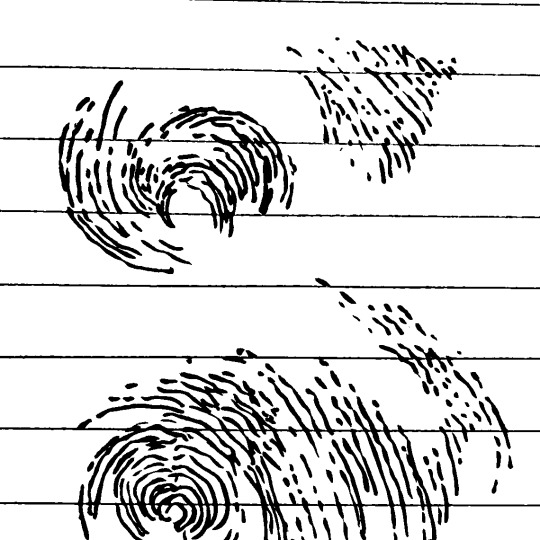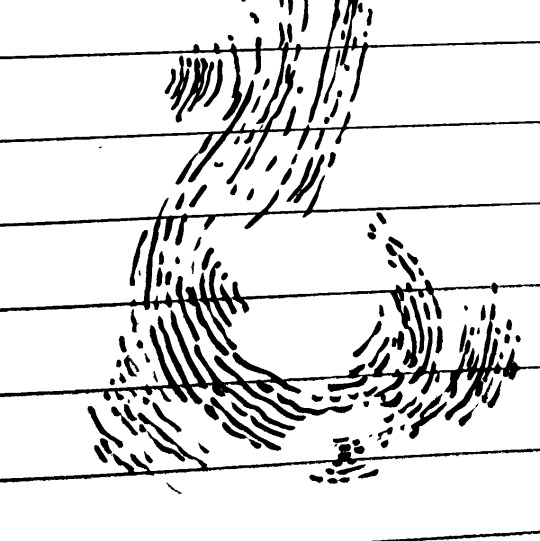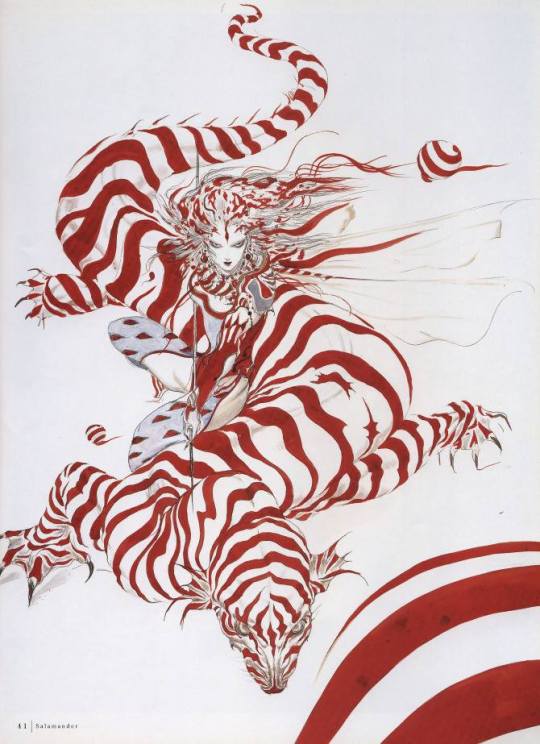A blog for myself, to help stay inspired as well as to inspire any other fellow artists/art lovers. All credit goes to the sources of each post, unless I say other wise. Feel free to submit. Peace & Blessings. -G.L.
Don't wanna be here? Send us removal request.
Photo

Voltes V Mecha Robot (Voltron is a copycat!) (by ~C4Chaos)
211 notes
·
View notes
Photo

Capela das almas de Santa Catarina; Azulejos in Porto, Portugal
14K notes
·
View notes
Text

First of May Roses By Jeff Stanford, 2025
Buy prints of this image at: https://fineartamerica.com/featured/first-of-may-roses-jeff-stanford.html or more of my images at: https://jeff-stanford.pixels.com/
85 notes
·
View notes
Text

Birthday Flowers By Jeff Stanford, 2024
Buy prints at: https://jeff-stanford.pixels.com/
170 notes
·
View notes
Text



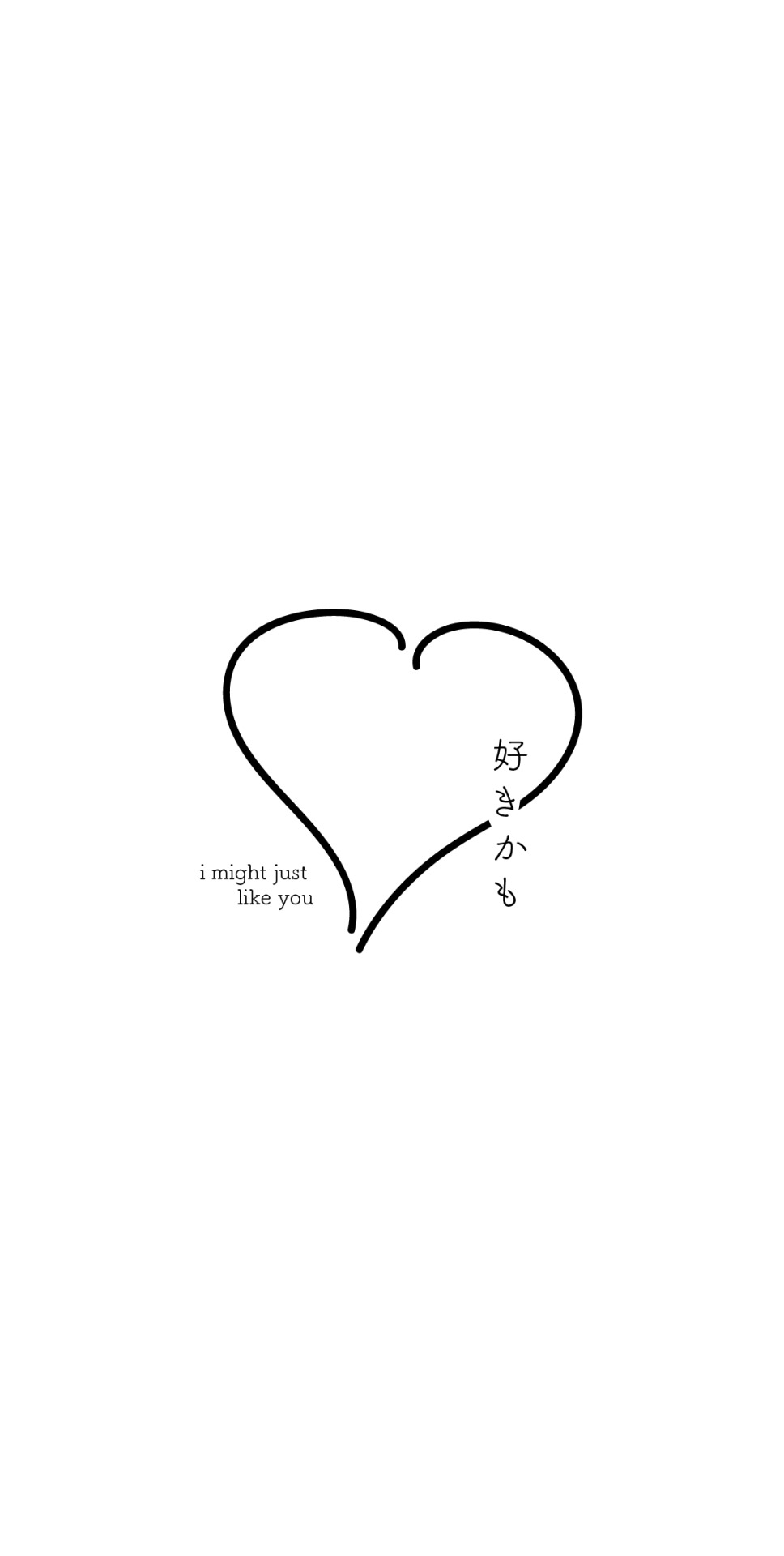
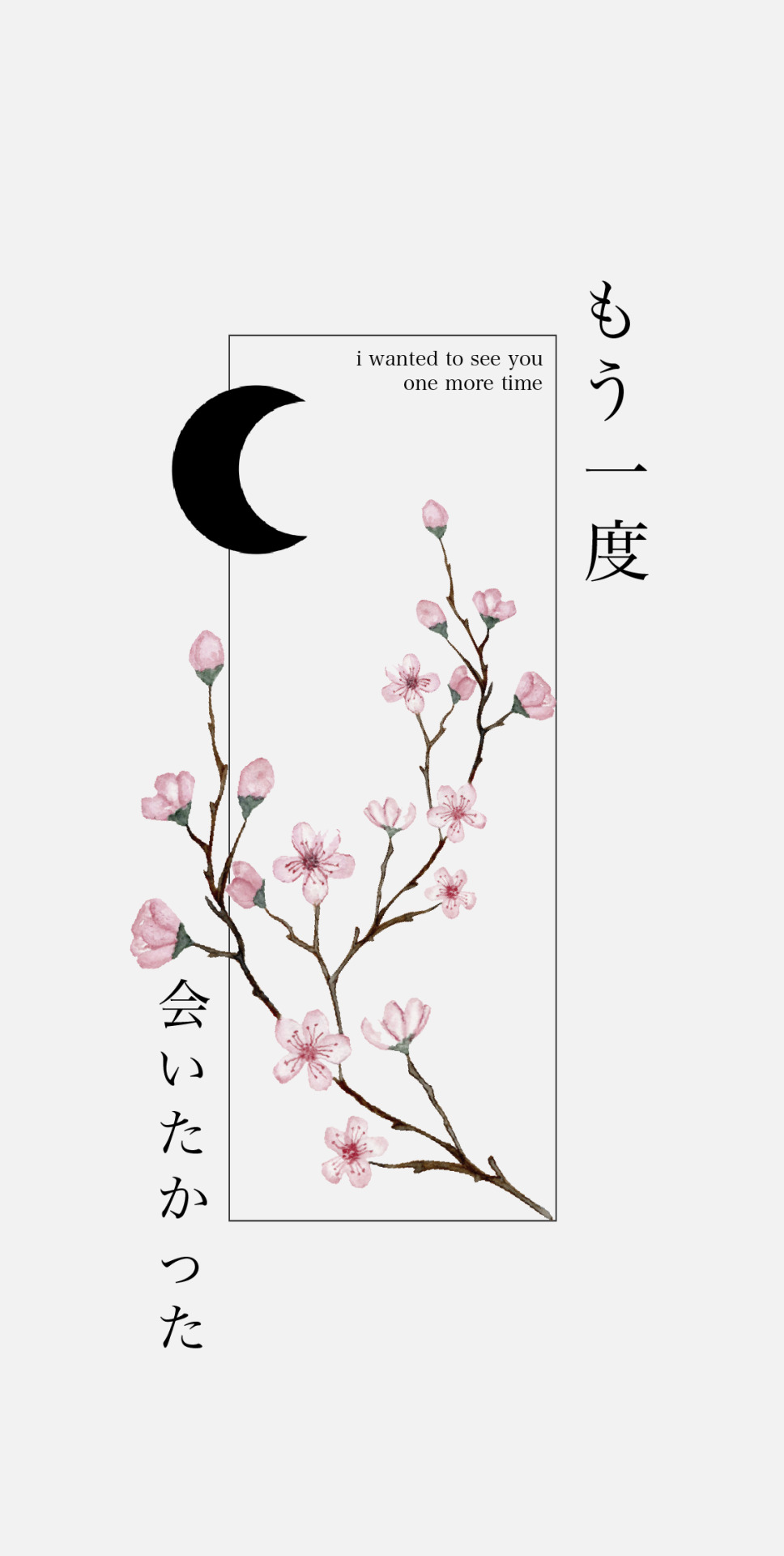




i rlly liked how these turned out! if anyone else requests a quote theme i might just do it :D
✺
✺
disclaimer - these are mine! made them myself this time haha
629 notes
·
View notes
Text

If don’t get this, don’t follow me.
Damn yall on my ass!
4K notes
·
View notes
Text

Stairs in the Abbey of Senones, Lorraine region of France
French vintage postcard
449 notes
·
View notes
Photo

“The Wind” by Smirtouille: http://bit.ly/2QupKV3
The creature design in this digital painting is absolutely incredible, lending more equine features to the traditional hippogryph.
605 notes
·
View notes








